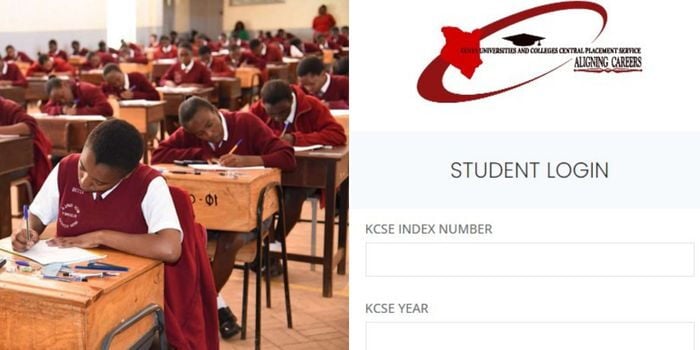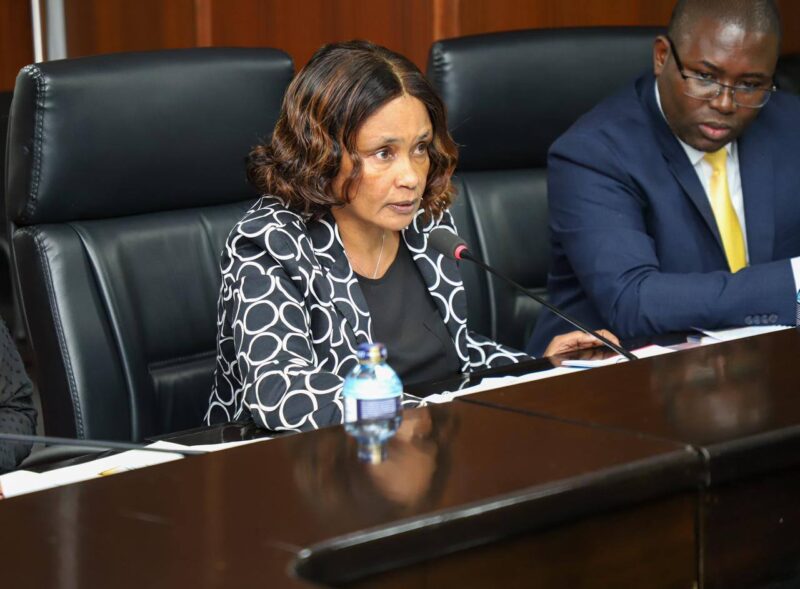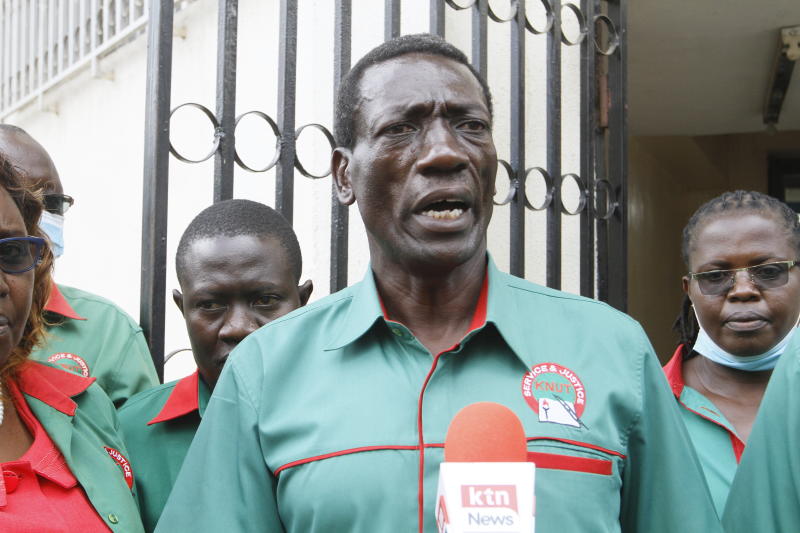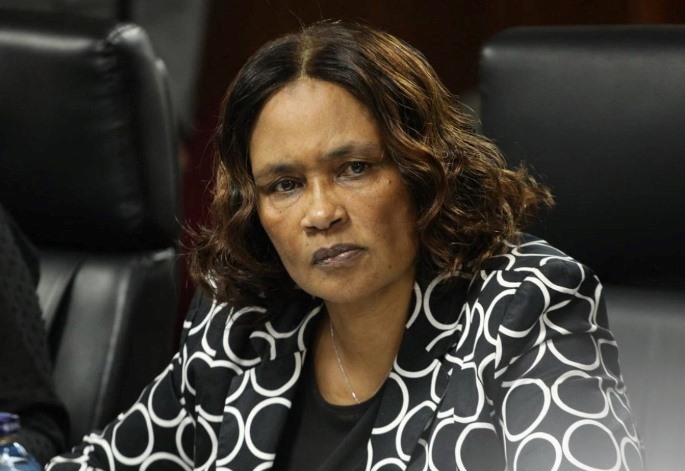Despite meeting the minimum university entry grade, over 50,000 students have not secured placements in higher education institutions through the Kenya Universities and Colleges Central Placement Service (KUCCPS).
According to recent data released by the Ministry of Education, more than 42,000 eligible students opted not to submit applications via the KUCCPS portal, while 7,000 applied but were not successfully placed.
Education officials have raised concern over this growing trend, especially as the government works to reduce the financial burden on learners. The ministry recently announced a major policy shift that has led to a 40% decrease in the cost of university education, following a revision of the means testing criteria used to assess financial need.
Dr Julius Ogambo, speaking on behalf of the Ministry of Education, revealed that a portion of those who qualified for university entry chose alternative education pathways. “A total of 7,640 students with a C+ and above opted to join Technical and Vocational Education and Training (TVET) institutions. Another 6,750 chose Kenya Medical Training College (KMTC) and primary teacher training colleges,” he said.
While top courses such as engineering and medicine continue to attract high interest, emerging preferences are also being noticed. Diploma programs in primary teacher education, for instance, recorded 20,786 applications for only 13,823 available slots. Ultimately, 11,636 students were placed in these teaching courses.
KMTC programs remain highly competitive, especially nursing, which received 52,725 applications—yet only 25,034 students were selected. Other sought-after programs include Clinical Medicine and Surgery, Emergency Medical Technician training, and Community Health.
The KUCCPS portal remains accessible for students who haven’t yet submitted their applications. In parallel, the Higher Education Fund portal is open for learners seeking government financial aid.
To make university education more equitable, the government has revamped the way it evaluates a student’s financial background. The new model takes into account factors such as previous school fee payment history, household land ownership, medical expenses, and even Hustler Fund applications.
Dr Ogambo emphasized that the government’s goal is to match students’ actual financial situations more accurately to ensure that education remains inclusive and accessible to all.




